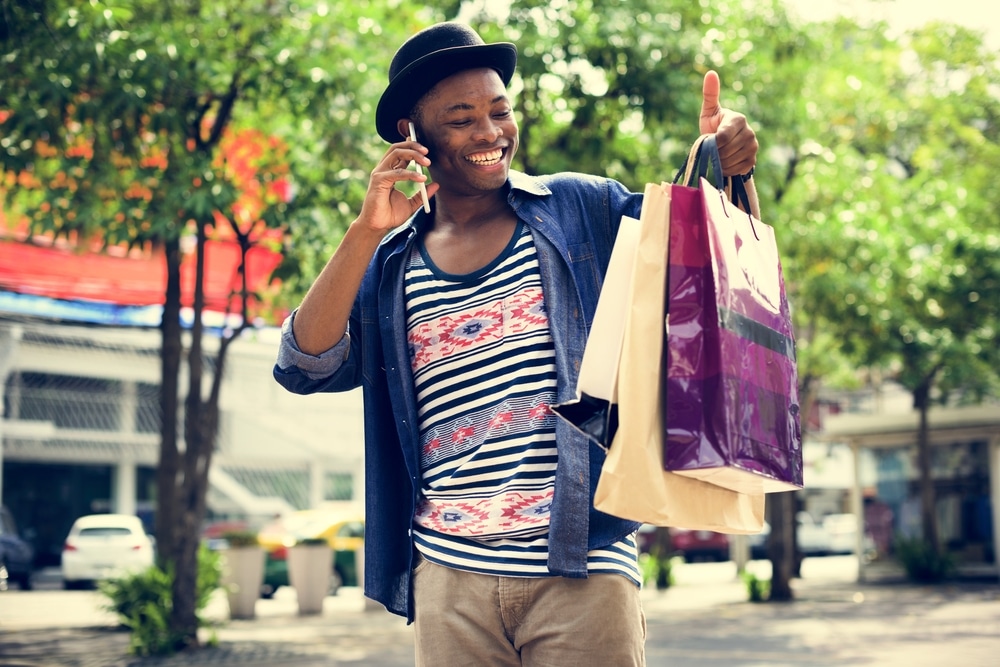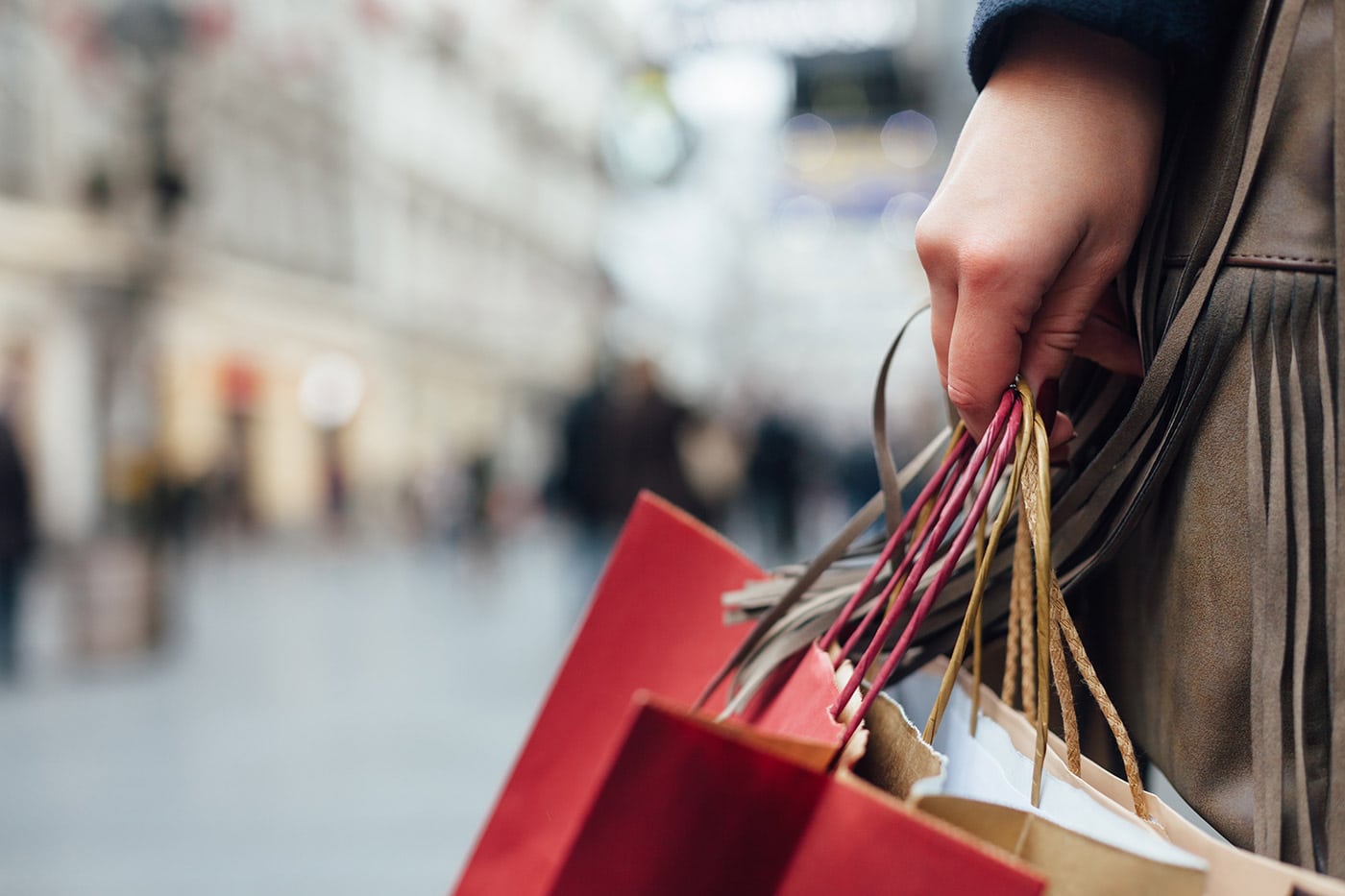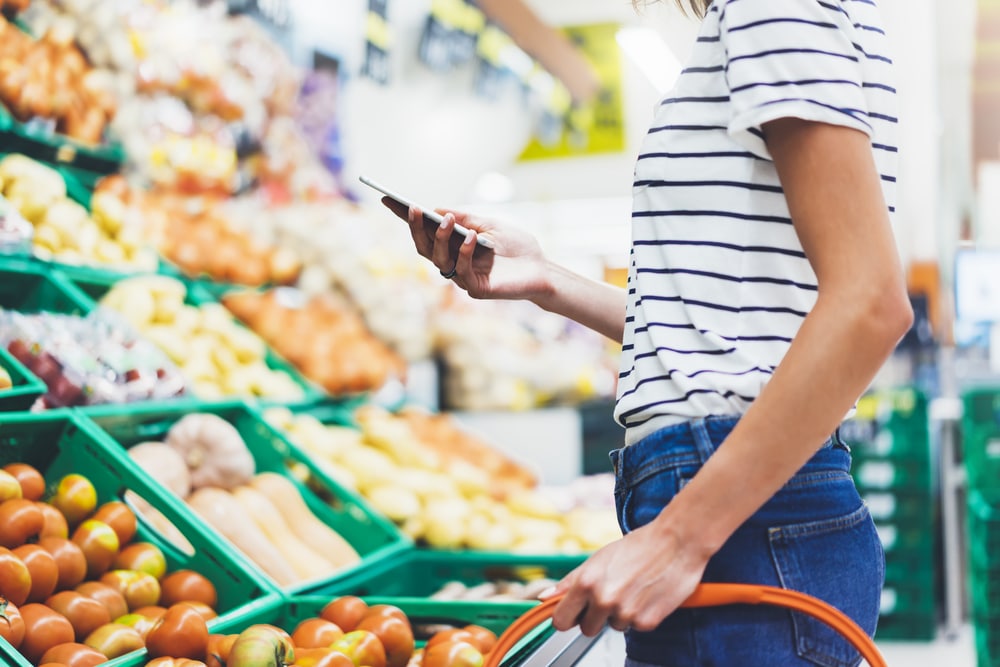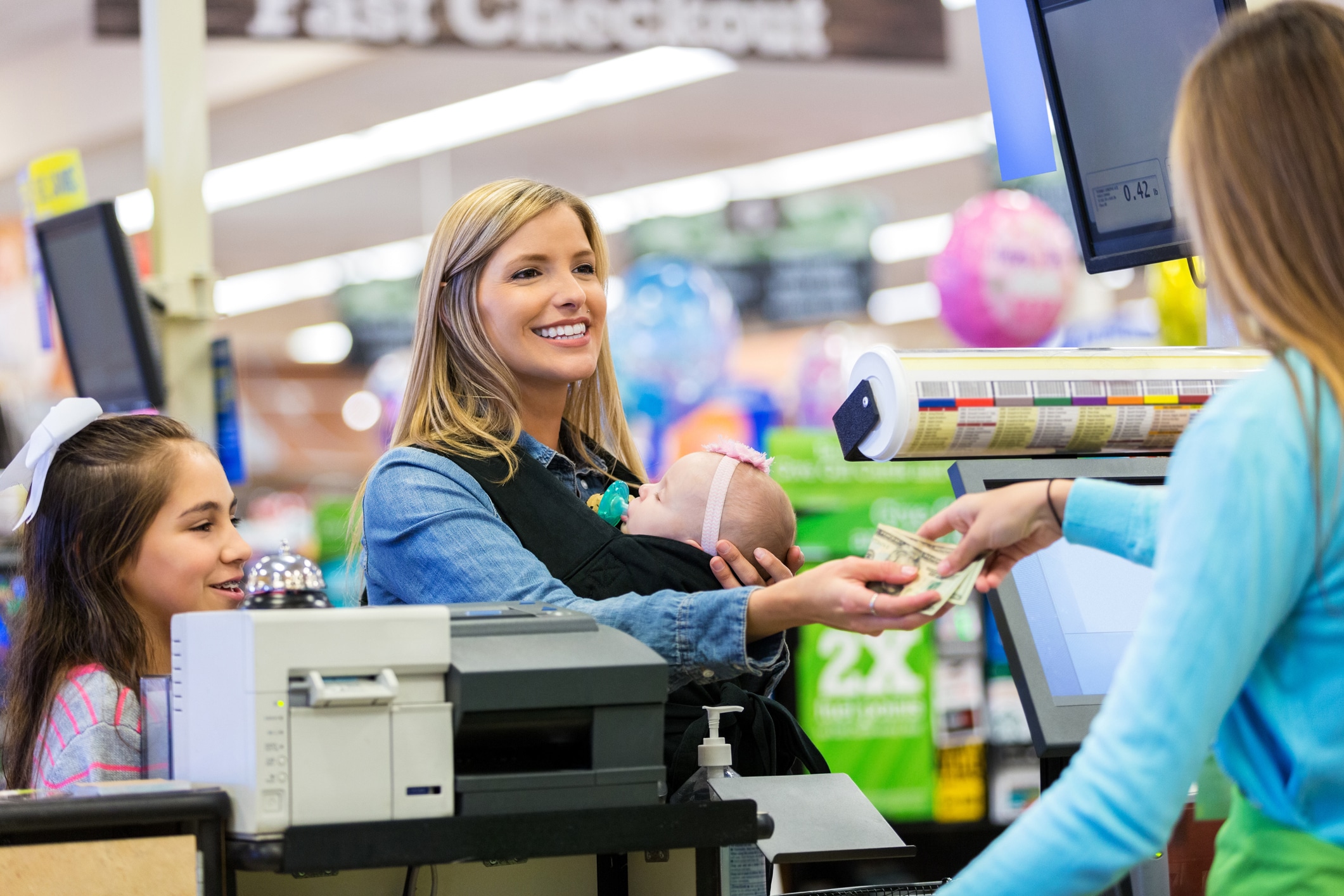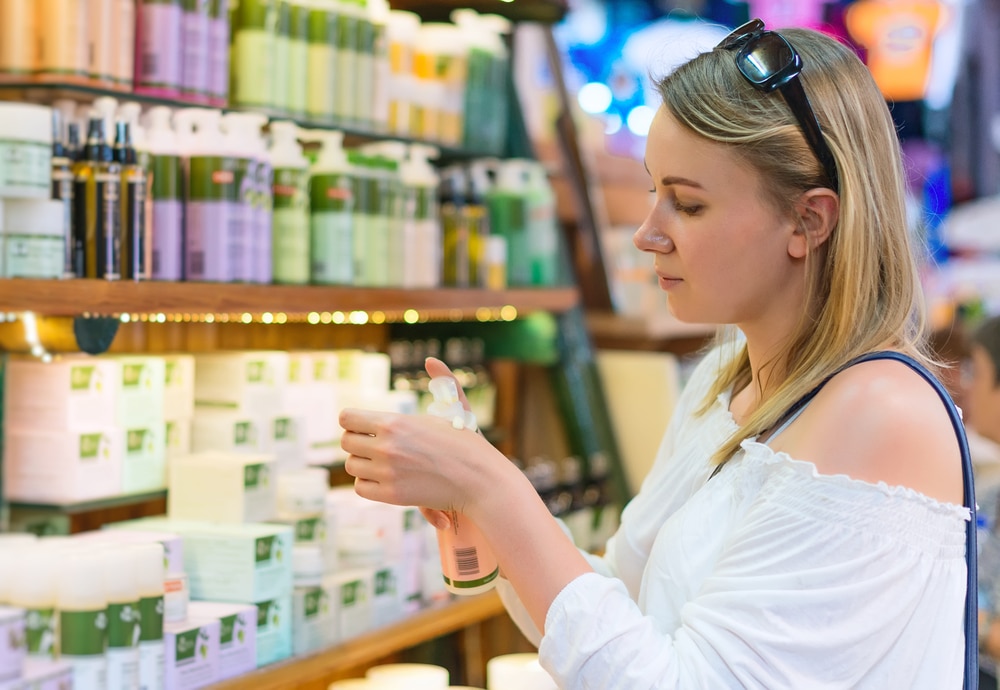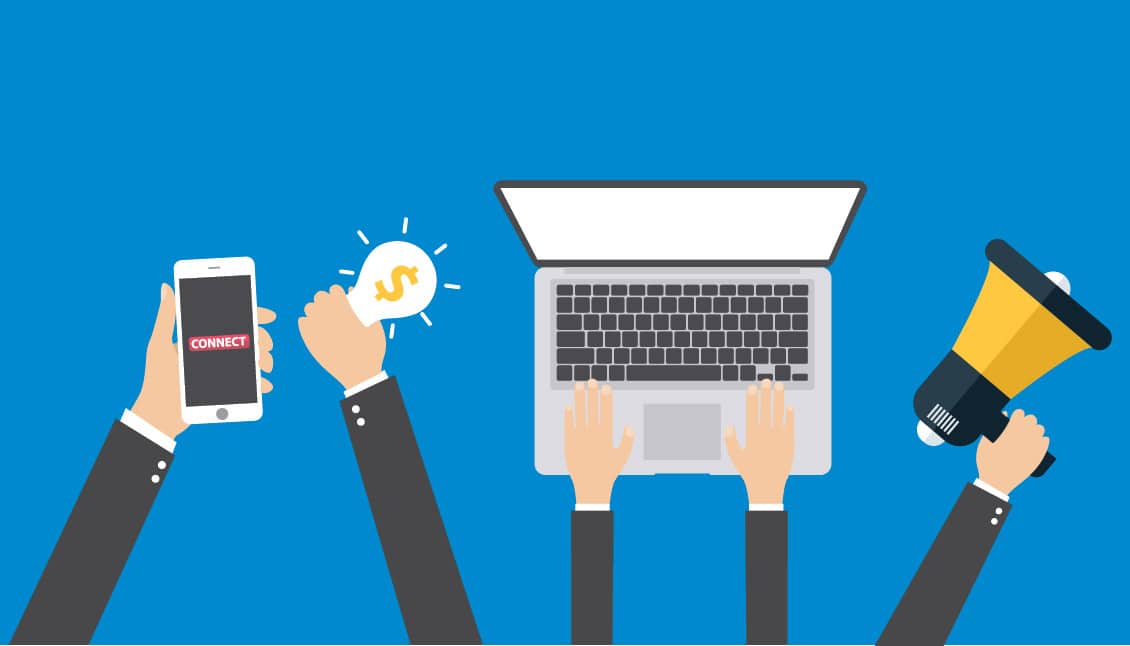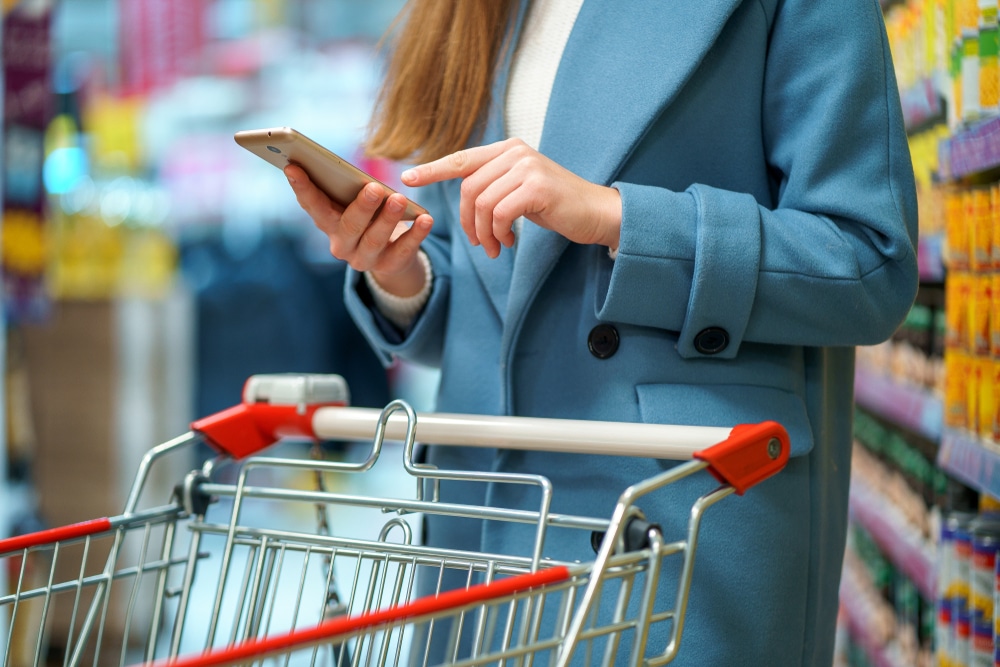3 effective experiential marketing ideas for building brand awareness
With many companies already recognizing the effectiveness of experiential marketing, brands and retailers should tailor their marketing efforts to build awareness and provide consumers with a shopping experience worth remembering.
Build Brand Awareness with these 3 Effective Experiential Marketing Ideas
1. Event Marketing
Event marketing and experiential marketing go hand in hand. Most events can be considered a form of experiential marketing as they provide an immersive experience that guests plan to attend; they keep brands top-of-mind through promotion as the set date and time approaches; and they leave a lasting impression on attendees once they’ve taken place. In one survey, 72% of consumers said they positively view brands that provide quality event experiences. A larger percentage of surveyed consumers (74%) say engaging with branded event marketing experiences makes them more likely to buy the products being promoted.
Here are four types of event marketing to consider:
- Lifestyle events: You can leave a lasting impression on your customer base by creating events that align with their values and interests. Red Bull hosts a range of events worldwide, from sports activities to DJ and dance competitions. They even sponsored a world record-breaking freefall, which also set a record for the highest viewing traffic of any live event streamed on YouTube at the time—8 million people. For its efforts, the brand has become synonymous with a young, active lifestyle.
- Product showcases: You can draw loyal customers and new faces with an engaging product demo. Take, for example, the annual LEGO Americana Roadshow that crisscrosses the country displaying large replicas of historical sites and other objects made from LEGO blocks. The events are accompanied by supervised play areas, to the delight of parents and educators. The malls that host the event also benefit from a boost in attendance as it draws thousands of participants.
- Community wellbeing: Brands and retailers can gain strong customer affinity by giving the customer something in exchange for their loyalty. Nike has residents in New York, Chicago, and Los Angeles showing up early in the morning and after work to mobility classes and performance lounges in connection with their digital-to-live Project Fearless training program, which aims to reduce running-related injuries in urban environments.
- Corporate citizenship: Aligning yourself with your customers’ values goes a long way in building loyalty. That’s why sponsorship is a favored strategy for some of the country’s biggest corporations. Your support for a clean energy conference, a charity fundraiser, the next exhibition at a local fine arts museum or a performance by a music group allows you to target niche markets, receive media exposure, and differentiate your brand from others.
2. An Enhanced In-Store Experience
Experiential shopping can be fun, engaging, and exciting for consumers. It can provide immediate satisfaction and meaningful in-person interaction that online shopping doesn’t deliver. However, in-store experiential marketing doesn’t always lead to a shopper making a purchase at that moment; sometimes it sets the stage for a future, more organic response to the experience.
Mixed-Use Retail
We’ve come a long way since cafes in bookstores were newsworthy, but mixed-use retail is still an emerging trend. When transforming a retail space into a community gathering space, where visitors don’t feel pressured to spend money, retailers can inspire visitors to reciprocate in a way that feels natural and organic. Retailers opening stores in Las Vegas’s 200,000-square-foot AREA15 this year will share the space with a permanent art exhibit, a steampunk AR experience, and an ax-throwing lounge. “Storytelling is crucial,” said AREA15 CEO Winston Fisher. “It conjures emotions and memories and has the potential to bring you back again and again. Also, storytelling must be experienced in real life—it is nothing that can be authentically replicated online.”
Augmented Reality and Virtual Reality
AR and VR can make the shopping experience more engaging. Sometimes this is as simple as using screens to inform shoppers about your products. But you can also use AR and VR to create an immersive retail experience. Augmented reality doesn’t always mean digital technology. AREA15 CEO Fisher suggests creating a cold room where coats can be tried on in realistic surroundings. L’Occitane en Provence on Fifth Avenue in New York City features a “rain-shower sink” where shoppers can test their products. The French-based retailer isn’t backing away from hi-tech, though. At the same store, shoppers can experience a 360-degree VR-powered hot air balloon ride over France while simultaneously receiving a free hand massage.
Showrooming
Showrooming is the practice of examining merchandise in a traditional brick-and-mortar retail store—or other offline setting—and then buying it online. This concept of experiential marketing can also involve the use of mixed-use retail and AR and VR experiences. There is little difference between checking out a Tesla in a showroom in a mall and kicking the tires at a dealership, where chances are you would be more likely to order a customized model for later delivery. An extravagant display of your product can make your store a destination for new shoppers and it may encourage browsers to purchase other items while visiting. According to Neilsen, nearly 75% of food shoppers have used a physical store to “showroom” before purchasing online.
3. Digital Technology
Experiential marketing is unequivocally offline, but social media plays an important role before, during, and after an experiential event. In 2016, 98% of participants at events or experiences created and shared digital or social content; 49% of that content was video. The majority of the content was posted on Facebook. There is a symbiotic relationship between social media and experiential events, as the user-generated social content created at these events is then shared and reshared, guiding marketers when designing future events.
- Create a buzz. Social media is an effective way to publicize your experiential marketing event. You can use incentives to encourage social media engagement in efforts to have your event trend online. The more hashtags and posts generated form your event, the more likely others are to want to check out what’s buzzing. Content from past events, if there were any, can also make great promotional material.
- Create a pop-up. Give your social media audience an exclusive, but highly sharable, scoop on a pop-up store or other “surprise” event. That exclusivity and the limited window of time inherent in the pop-up harness fear of missing out (FOMO). The experience can be easily gamified or linked to customer values. Busch beer tapped its customers’ sense of adventure in the summer of 2019 by creating a “Pop Up Schop” deep inside a U.S. national forest. Beer lovers followed clues provided on Twitter to a woodsy location and they won a lifetime supply of free beer. At the same time, the brewery raised money for the National Forest Foundation.
- Leverage an app. A September 2018 survey from HRC Retail Advisory found that 59% of U.S. smartphone shoppers used their device in-store to compare costs or search for deals and coupons. Shoppers appreciate the benefit of having a mobile app to turn to that features information about a variety of brands and retailers; Shopkick offers this solution. Shopkick is an innovative mobile shopping rewards app that brands and retailers can partner with to reach an already-loyal userbase of shoppers. Once shoppers download the Shopkick app, it travels with them via their mobile device, sending push notifications that raise brand awareness and drive traffic. The app enables shoppers to interact with brands from any location and incentivizes engagement while they’re already in a shopping mindset. And when a shopper enters a participating store, interacts with a featured product at shelf, or makes a purchase, they are rewarded—which makes for a memorable retail experience.


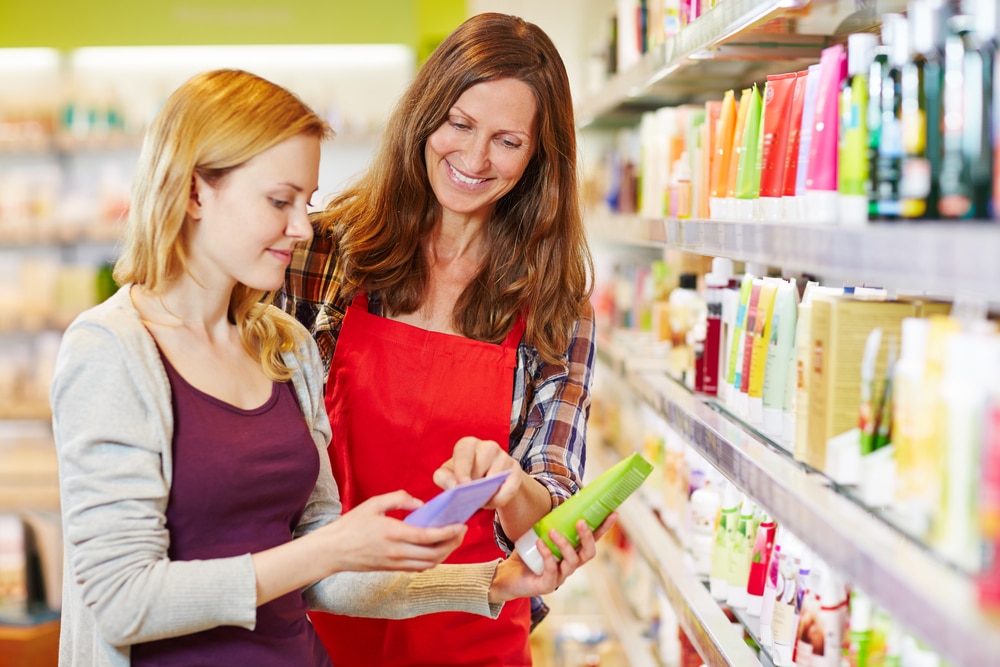
 Personalization plays a major role in consumer purchase decisions. In fact,
Personalization plays a major role in consumer purchase decisions. In fact, 